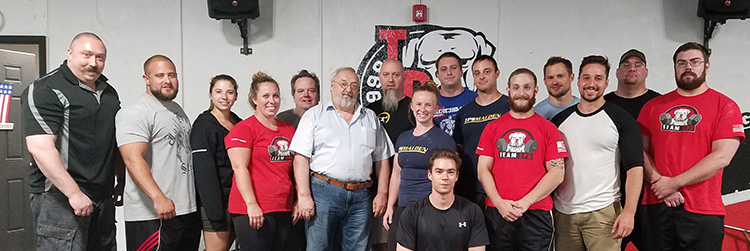
We were fortunate enough last weekend to have Boris Sheiko come back to TPS for an awesome Powerlifting seminar.
Boris Sheiko is the Godfather of Russian Powerlifting and creator of the Sheiko method of powerlifting for those who may not know.
Boris’s athletes have won 40 Gold medals in National and World Powerlifting Championships, so it’s fair to say he knows a thing or two about the sport.
On that note, one thing I have always done at TPS since its beginning is bring the best people in the industry here for continuing education.
WHY?
Well, continuing education is a huge factor in any profession and I want to be the best I can be.
I also want to offer the best product to my clients and to anyone who wants to learn.
Associating with the best people in any industry is a good way to do that.
When I first started TPS, travelling around the globe to learn from the best was not an option as I had two full time jobs. One as a Deputy Sheriff and one as a gym owner. Finding time to go globetrotting was not an option.
This posed a conundrum.
How do you learn if you can’t get to them?
Easy, bring them to you.
Way back in the 90’s, there were very few quality chances for continuing education so I decided to start offering seminars with the best people I could. These people included Dr. Fred Hatfield, World’s Strongest Man: Svend Karlsen, Mike Milller, and of course Dave Tate and Jim Wendler.
This list grew over the years to include many more, and last year, we were offered the chance to have Sheiko here for his first appearance in the United States.
That was a pretty big deal to me!
So, let me tell you about my My Weekend with Boris Sheiko
This year, we brought Boris back for a one-day seminar on Sunday open to all, and then on Monday he did a two-hour team development with my coaches, all of whom are lifters.
I also did a two-part interview with Boris that is being translated now. Boris does not speak English but he did bring a translator. I am hoping the video will be ready in a few weeks as it needs subtitles. I’ve never done a video with subtitles, so this will be a new project for me. It’s going to take a while.
The interviews will be posted here as soon as they are edited so stay tuned!
I took away two very important and distinct differences in the way Boris does things versus how I have been taught to do things, and how they are predominantly done in the US.
1. Big Air versus Small Air
2. Rate of Force Production
I am not going to jump right in and change the way we do things just because I learned it at a seminar.
It does not matter who I learned it from!
I need to try the techniques out and see how they work for me, and for a sample of clients before implementing wholesale changes on technique and programming.
You should too.
All too often we see trainers and coaches go to a seminar and learn something new and then instantly implement it the next week.
This may be good, but I feel you should get some data of your own before making wholesale changes.
With that said, let’s look at the two major differences in how Boris does things versus how we do them here (for the most part.)
1. Big Air Versus Small Air
You’ve heard this a lot and even may have read it from me: You need a big belly full of air for the big lifts.
This works very well for many great lifters and in powerlifting gyms you’ll hear the screams of BIG AIR, BIG BELLY all over the place.
Why?
You need to brace your torso in order to transfer force through it for a successful lift right?
Of course Boris agrees with this, but his approach is different.
One of the most common corrections he made during the practical portion of the seminar was to take a smaller breath.
This perplexed me.
Have I been taught wrong all these years?
Well, no. I believe it is a different approach and technique than we use in the West.
You can get to the same place by taking a different route and this is my opinion here.
Boris had the lifters change the way they breathe before a lift.
My understanding, and I am speaking for myself only as it was translated, is that taking too much air incorrectly will cause you to use too much energy and change the way you have loaded your body.
Let me explain.
I have written more than once on taking air in to brace. Most lifters breathe into the chest and not the diaphragm. For squats, bench presses and deadlifts we need to breathe into the lower belly, not the chest.
This takes time to learn. You need to practice.
I use the analogy of breathing through a fire hose and not a straw to my lifters.
I want them to get a lot of air into the belly and in order to do this, you need to open your mouth and let the air in.
There is a commonality with what I have been taught and what I coach and with what Boris does: breathe low into the belly.
The approach is different.
You see, when most people open the mouth and take a huge gulp of air in we see the chest rise and the traps frequently go up high too.
We need to see the belly get bigger, not the chest right?
Raising the traps and shoulders is not optimal for any of the three lifts at the start of the lift.
Boris made the correction of taking a smaller “puff” of air through the mouth into the diaphragm and not a huge gulp.
This seemed to help everyone. He says smaller puffs are better.
I am going to experiment with this in my own lifting and then try it out with my lifters after the October meet.
I am hoping I implement it correctly and they see a bigger total as a result.
2. Rate of Force Production
I am a student of Fred Hatfield and he is a proponent of Compensatory Acceleration Training (CAT).
This is a fancy term for increasing your speed (force production) as your leverage improves.
I also am a huge fan of Westside principles and Dave Tate’s Force Production seminars.
They all seem to be on the same page.
You’ve got to move fast to lift the big weights.
Now, if I understood the translation and the corrections from Boris, he does not prefer that the lifter explodes at the top.
He made this correction a lot on the Deadlift specifically, but also on the other two lifts.
Boris says when you explode, or use compensatory acceleration on the deadlift the bar frequently will go forward at the top away from the lifters hips causing a miss at the top.
NOTE: I do not doubt him, I have not seen this, but I will defer and say he has more experience than I.
He says to start slow much like an Olympic lift and then go faster, but not explosive.
He prefers and more steady rate of force delivered throughout the entire lift.
It seems to me that he wants less of a nervous system lift and more of a skeletal muscle lift.
This will take some time for me to look into.
I’ve always trained and also been taught by some of the greats to make your nervous system turn on as fast as possible and to recruit as much available muscle fiber as possible in this manner.
Hatfield uses the analogy of a light switch.
Let’s use a warehouse as the analogy: you come into the warehouse and you want to turn all the lights on right away.
Let’s say you have 10 lights in a warehouse and you have ten switches.
You have to walk around and turn each one on individually.
This makes it take longer to achieve your goal of lighting the room up.
If you have all of the lights on one switch you can reach your goal FASTER.
Your nervous system is the light switch.
This makes sense to me. Get your work done as efficiently as possible.
It also makes sense that if you add lights and keep them all on one switch you will have a brighter warehouse that is lit up fast.
Your body is the same.
As you train, you develop the ability to recruit more muscle fiber.
Fred wants you to turn them on all as fast as possible with the end result being more weight lifted due to a highly efficient nervous system firing more muscle fiber fast.
I use the analogy of a sneeze.
When you sneeze it feels like every muscle in your body contracts 100% instantly.
I tell them to sneeze the weight up.
220/221.
Whatever it takes.
Boris seems to prefer more of a pile driver or piston approach to lifting.
Down strong, up strong like a pile driver.
Almost like a metronome.
Again, I’ll need to play around with this concept.
After being in the industry as long as I have and also attending as many seminars as I have, learning new concepts at a seminar is rewarding.
You will never know everything so you should never stop learning.
Keep your eye here for the two-part interview translated from Russian soon.
Nostrovia
Ask me a question-Be sure and Type to Murph in the header
Find me on Google-search for Total Performance Sports Malden, Mass. The Best Gym in Boston, Facebook too.
Oh, yeah, follow us on Instagram too. TPSMalden
SHARE THIS!
#bostonsstrongest
Vincere vel mori









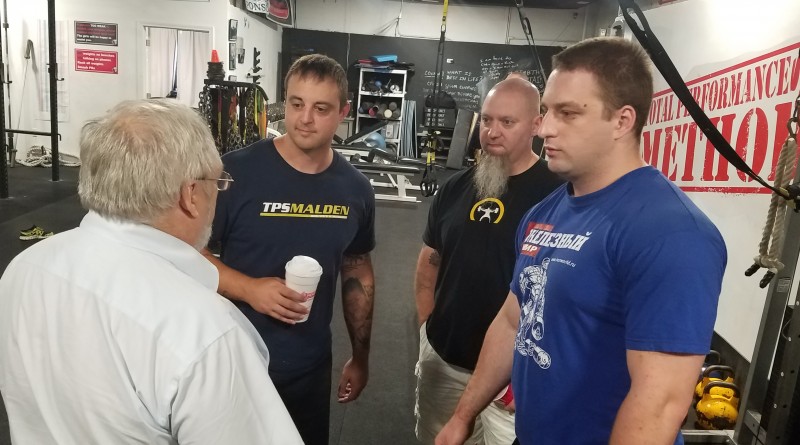
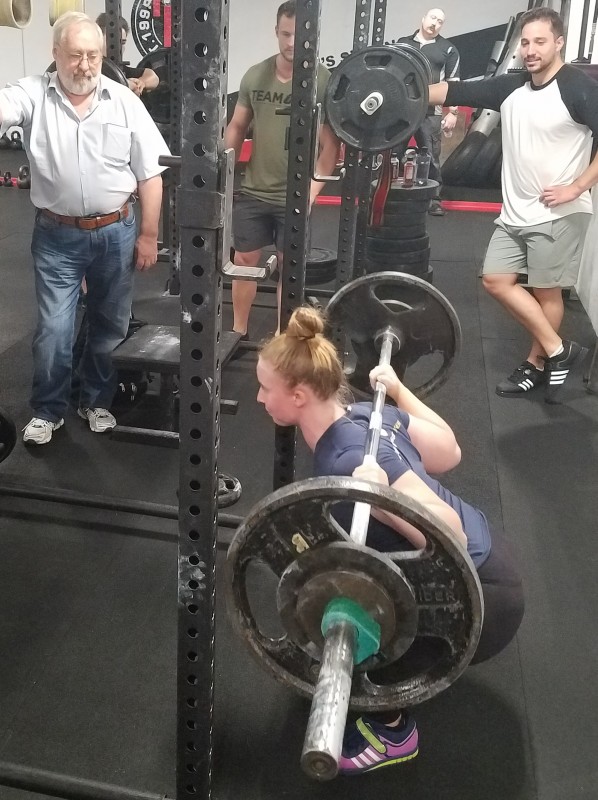
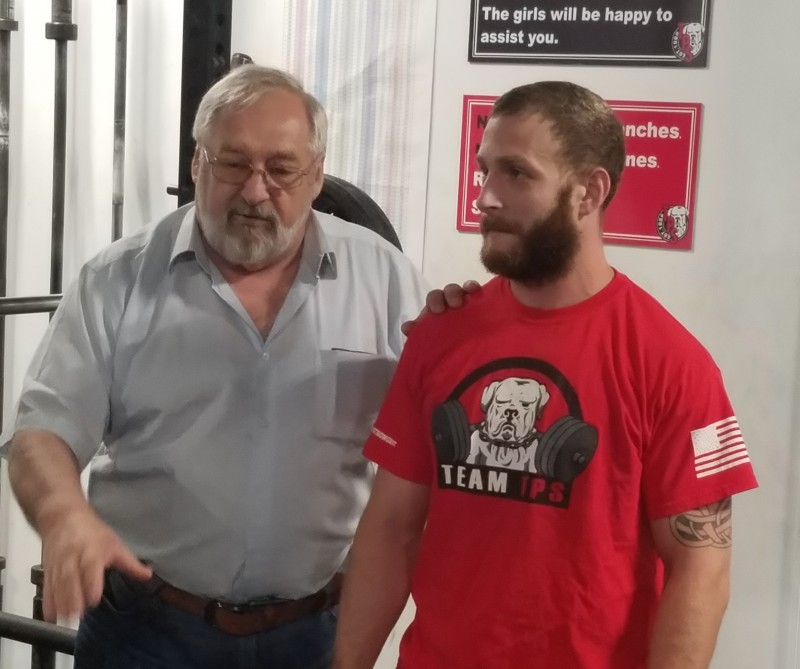
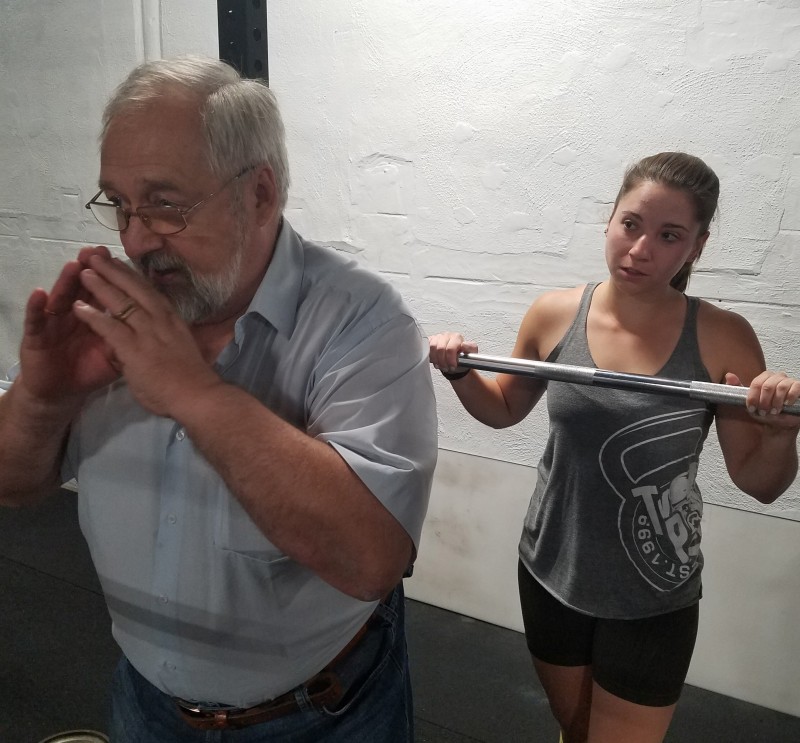
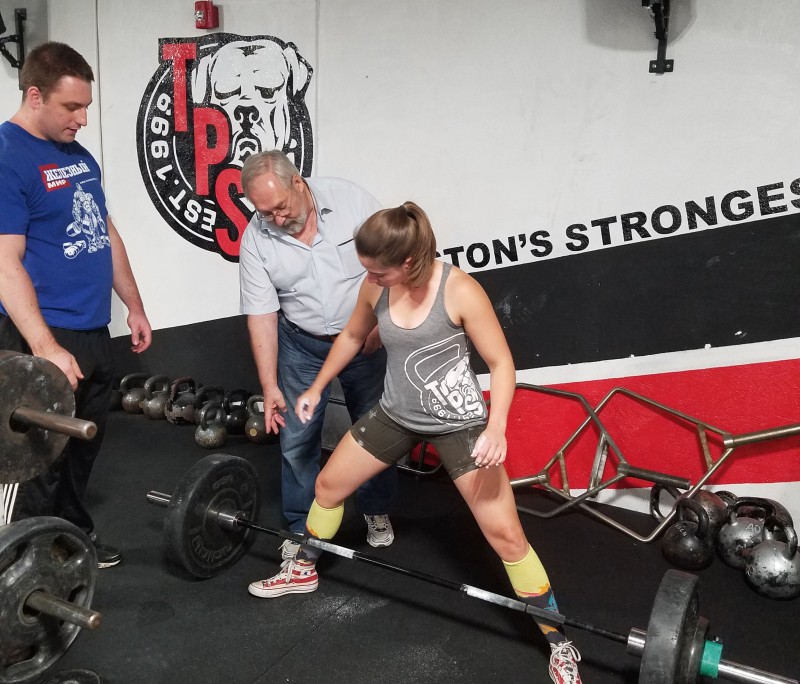

My school gym closed for a few weeks, and I had a chance to lift at TPS this past week on your free trial run. It was an awesome experience, and it's a great gym. I am excited to join once I get my $$ up.
Thank you.
Thanks for letting me know you liked TPS.
Vinceri vel Mori